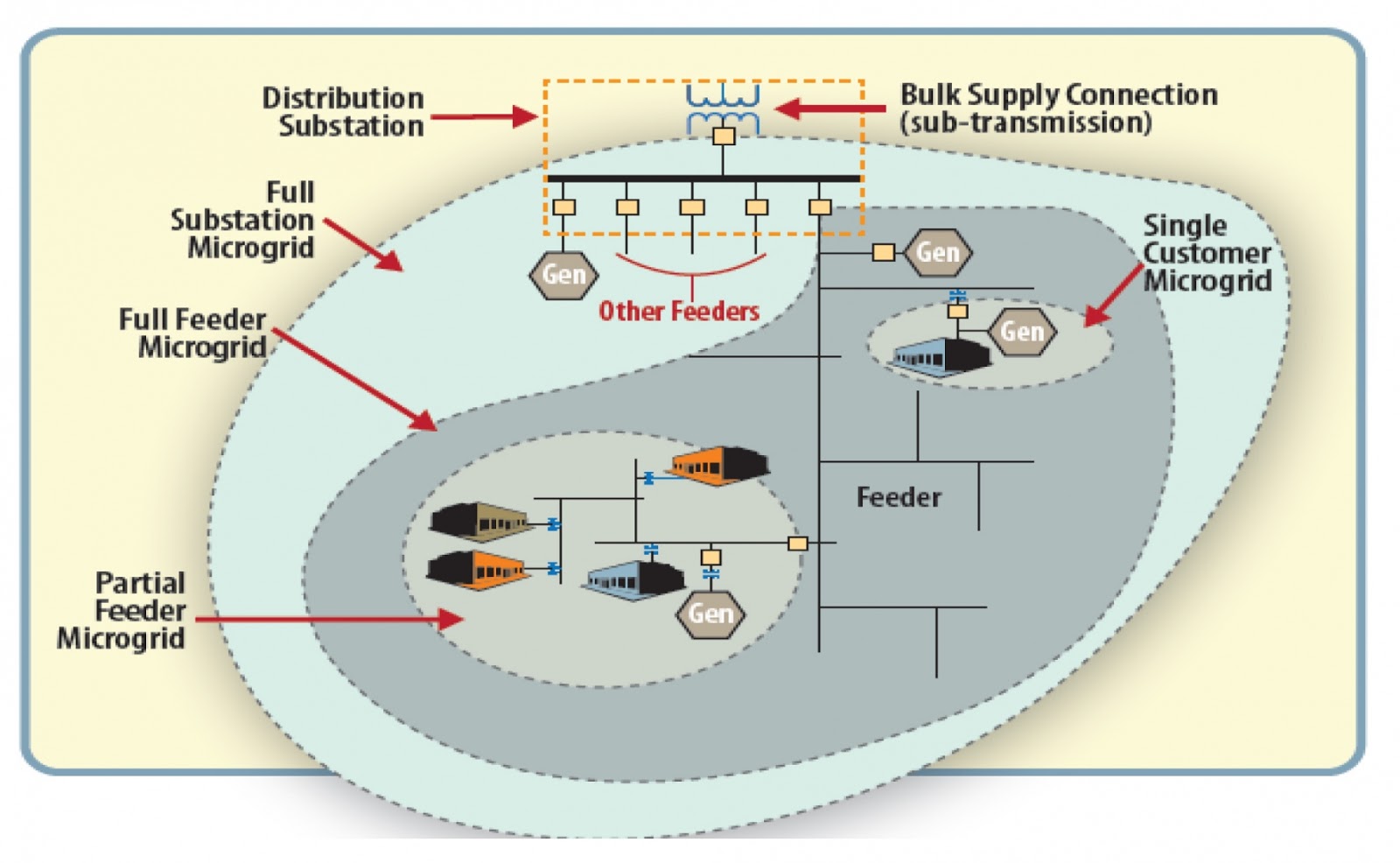I was skeptical when I first heard about the potential of microgrids to solve challenges in global energy access. Microgrids are localized grids that can operate independently from the grid. Their capacities range in scale, providing power from household to community level. How could such a system be technically realizable in extreme climates, manufactured to meet the true needs of a community, and also meet affordability requirements? Then I began research into them. For my senior capstone project at Stanford University, my team was tasked with researching appropriate energy solutions to assist with power outages in Hang Lai Village in Hunan, China. After spending half a year developing sponsorships, interviewing residents, and building the technology with experts in the renewable energy sector, I realized that with careful research and testing, microgrids do wield the potential to solve energy challenges for certain communities, while meeting affordability, reliability, and performance requirements.
Upon visiting Hang Lai Village, I had the opportunity to work directly with the community members to develop a product that met their energy needs. With global solar and wind data available from the National Renewable Energy Laboratory (NREL), relatively accurate efficiency and feasibility calculations are possible, even for remote, global areas. Today, the product is currently being further developed under NaturEdGrid, a renewable energy startup aimed at renewable energy education and solutions in China.
Microgrids can be operated in many different configurations. The diagram pictured above shows one possible layout. Credit: US Department of Energy
Global energy demand is forecasted to increase by 28% by 2040; however, there are currently 1.3 billion people in the world that do not have access to reliable electricity, according to the US Energy Information Administration (EIA). Through the Kyoto Protocol, Paris Agreement, and 2019 Climate Action Summit, countries around the world have made progress toward strengthening global response to climate change. Despite these successes, the reality is that many places still face energy challenges. In areas that suffer power outages in extreme weather, maintenance and repairs are difficult. Additionally, the high cost of electricity leaves many without power, even when it is available to access. One increasingly popular solution to this problem is the microgrid.
Examples of microgrids
Microgrids can be tailored to meet diverse needs of communities. In the United States, an example project is The Brooklyn Microgrid, run by LO3 Energy in Brooklyn, New York, the first US project to use blockchain technology, a system of payment processing and data sharing that also allows monitoring of supply chain, to incentivize energy transactions. In addition, microgrids have made an impact in Blue Lake Rancheria, located in Humboldt County, CA, a century-old Native American Reservation that is home to the Blue Lake Rancheria Tribe. The microgrids installed at this reservation have helped provide power during PG&E planned power outages during the wildfire season, and also assisted with government buildings, Red Cross shelter-in-place facilities, and additional local partners.
The path forward
In order to evaluate whether microgrids are the appropriate solution for a client, cost is one of the biggest factors. According to Microgrid Knowledge, the cost of system installation and maintenance- and the cost of damages incurred by power outages- must be evaluated together before reaching a conclusion. Research institutions such as the MIT TATA Center have found that the high cost of large-scale storage systems makes microgrid installations unaffordable for many communities without sponsorships or subsidies. However, as renewable energy continues to develop and decrease in installation cost, microgrids may require fewer subsidies.
Many developers are now focusing on creating modular microgrids that can be upscaled as energy demand increases. While traditional grids feature one-time installments that may be expensive to upgrade, modular systems include “plug and play” units that can simply be connected, much like Lego blocks, to sustainably accommodate a growing demand. Additionally, findings from the Hasso-Plattner Institute in Germany indicate that microgrids can reduce grid “congestion” and address the energy access gap in areas that face weather and connectivity restraints.
As interest in energy equity continues to grow, resources and opportunities to get involved are growing as well. Research for increasing the capacity of energy storage systems and increasing efficiency of transmission mechanisms are very important for reducing the price of microgrids. For those seeking hands-on opportunities, organizations such as Grid Alternatives develop customized microgrid solutions for international communities and welcome volunteers to their training programs. In addition, donating to organizations that provide partially or fully subsidized microgrids, and educating yourself and others about the energy access gap, are all very valuable ways to get involved.
Currently, not everyone understands that there is still much work to be done – through research, funding, awareness, and advocacy. Although communities around the world are not equally equipped with the same resources to combat energy-related challenges, microgrids can assist with addressing that gap. With growing global interest in energy equity, there’s strong potential for change; let’s put that energy toward efficient and sustainable solutions.
About the Author
Danna Xue is an E4C Research Fellow from Los Angeles, California (USA) pursuing a B.S. in Mechanical Engineering with interdisciplinary honors at Stanford University. Danna has had a variety of leadership and engineering experiences, and previously worked as a technical program manager at Amazon and an engineer at NASA. She conducted mechanical research through the Stanford SURI program and served as Co-President of the Stanford Space Initiative. Danna hopes to use her engineering and management skills to continue and empower organizations and systems to become more sustainable.


